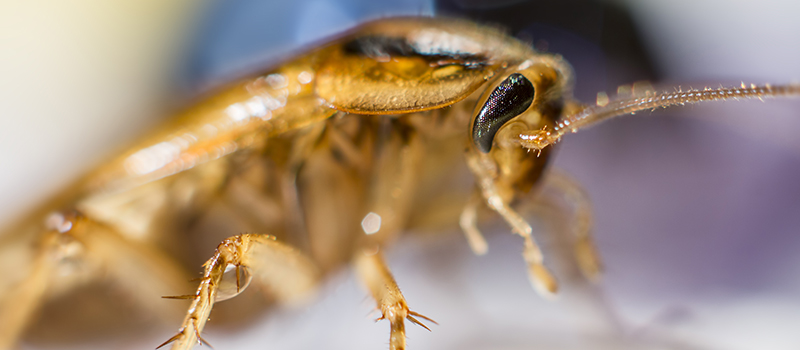Keep Informed!
Sign up to receive future communications from Envu Pest Management Solutions.
/// Sign up
|
In my travels, I’ve been told there is somewhat of a resurgence of cockroach activity across the country. Is it bait gel aversion; poor floor-level sanitation in commercial accounts; forgotten fundamental management skills; or a combination of all these factors and more?
It’s understandable if we have been distracted by bed bugs, stink bugs and invasive ant species. But our common foe cares not about these headliners. They do what they do best; hitchhike, invade and reproduce. So let’s review some fundamentals.
Inspection and monitoring:
Seek to destroy! German cockroaches harbor in small, tight spaces that are warm and moist. Get down and look into these sites. Use monitors, lots of monitors. The information they provide is priceless.
 Report on sanitation:
Report on sanitation:
Baits changed the culture of cockroach control. The service you provide includes using and communicating your diagnostic skills to your customer, especially regarding sanitation issues.
Consider a vacuum:
Using a PEST CONTROL RATED vacuum to remove cockroaches is very effective and can significantly contribute to your success. It may be hard work, but you can devastate a German roach population immediately with a vacuum; plus it’s fun!
Bait for Success:
Baits provide both primary and secondary mortality to German cockroaches under some of the worst treatment conditions. However, they are not magic. German roaches live in a ‘small world’ and have limited sensory capabilities beyond a few inches. Maxforce® baits are effective when placed directly into, or adjacent to harborage sites. Inspection and monitoring will provide the locations where baits will be most effective. Don’t ‘fill’ an account with bait, just to be safe. The presence of old gel bait has been identified as a trigger for gel bait aversion selection pressure. Maxforce Gel baits work best over the short-term (0-90 days) with their high moisture matrices. Learn about the
Maxforce Roach Control System for gel rotation to manage aversion selection pressures. For long-term maintenance (6+ months) or protection in potential roach import sites (incoming goods and storage) consider using a tried-and-true friend, the Maxforce Cockroach Bait Station. This original formulation from Maxforce is your security blanket when it comes to German (and other species) roach management. The pinwheel design draws all stages of German roaches in to find an attractive, long-lived bait waiting for them. The robust design and construction last for one year or until the bait is consumed, which you can monitor through the red translucent top.
// Maxforce®
/// Learn More: Maxforce Roach Control System
/// Read More: Powered by articles
